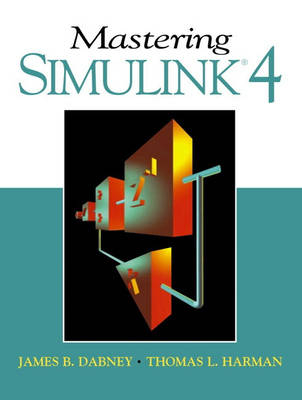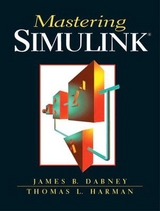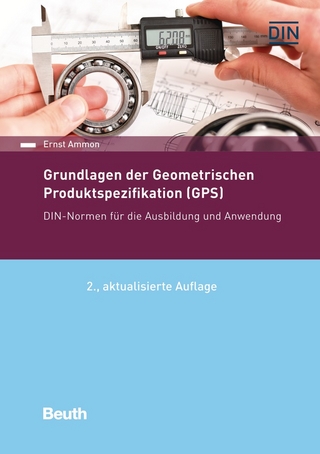
Mastering Simulink 4
Pearson (Verlag)
978-0-13-017085-9 (ISBN)
- Titel erscheint in neuer Auflage
- Artikel merken
For courses in Control Theory and Operational Amplifiers.
Simulink is a programming language specifically designed for simulating dynamical systems using standard block diagram notation. Therefore students should have the appropriate mathematical preparation including a good understanding of the fundamental concepts from introductory courses such as calculus and differential equations. The text presents detailed coverage of programming using Simulink. Beginning with a block diagram tutorial, the book presents an overview of Simulink and describes in detail the procedures for building, editing, and running a Simulink model. The book also provides explanations for debugging techniques, including the interactive debugger. The text concludes with an introduction to Stateflow™, a Simulink extension that adds the capability to model finite state machines subsystems using a variant of the popular Statecharts formalism.
Sharon Lund O'Neil, author of Motivation: An ATM Card for Success, is a widely published author. Her human relations cases, based on the corporate work environment, are popular with both trainers and educators. With a common-sense approach to problem solving, she has led national professional and educational organizations and has been the recipient of many teaching awards. She holds a doctorate from the University of Illinois and is currently a professor at the University of Houston.
1. Introduction.
2. Block Diagrams.
3. Quick Start.
4. Model Building.
5. Continuous Systems.
6. Discrete-Time Systems.
7. Subsystems and Masking.
8. Simulink Analysis Tools.
9. Callbacks.
10. S-Functions.
11. Graphical Animations.
12. Debugging.
13. Numerical Issues.
14. Introduction to Stateflow.
| Erscheint lt. Verlag | 26.4.2001 |
|---|---|
| Sprache | englisch |
| Maße | 178 x 235 mm |
| Gewicht | 601 g |
| Themenwelt | Mathematik / Informatik ► Informatik ► Programmiersprachen / -werkzeuge |
| Informatik ► Weitere Themen ► CAD-Programme | |
| ISBN-10 | 0-13-017085-2 / 0130170852 |
| ISBN-13 | 978-0-13-017085-9 / 9780130170859 |
| Zustand | Neuware |
| Haben Sie eine Frage zum Produkt? |
aus dem Bereich



